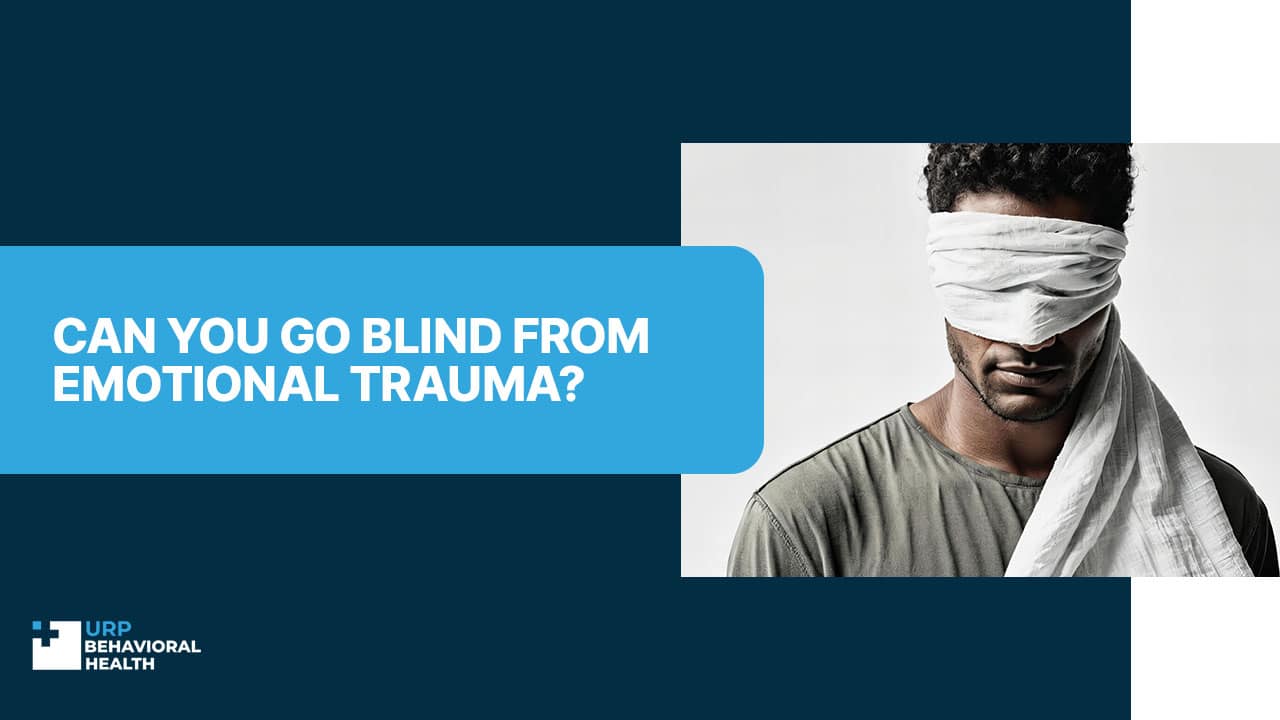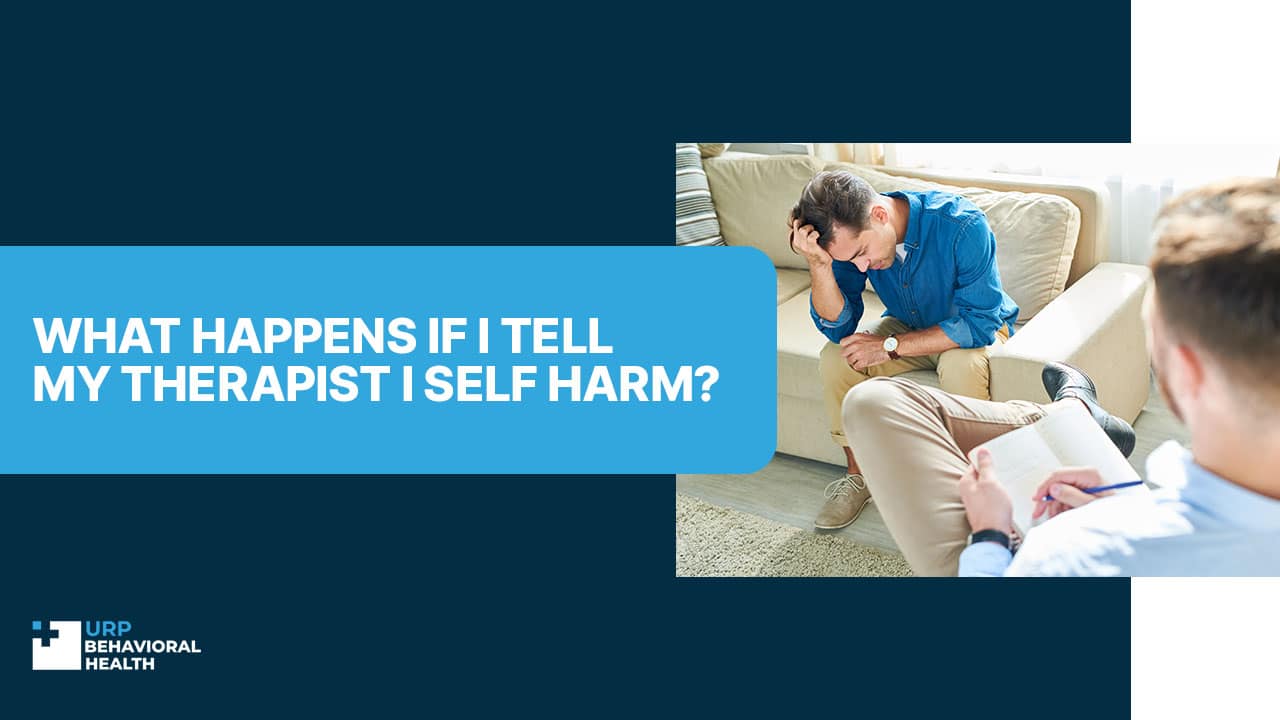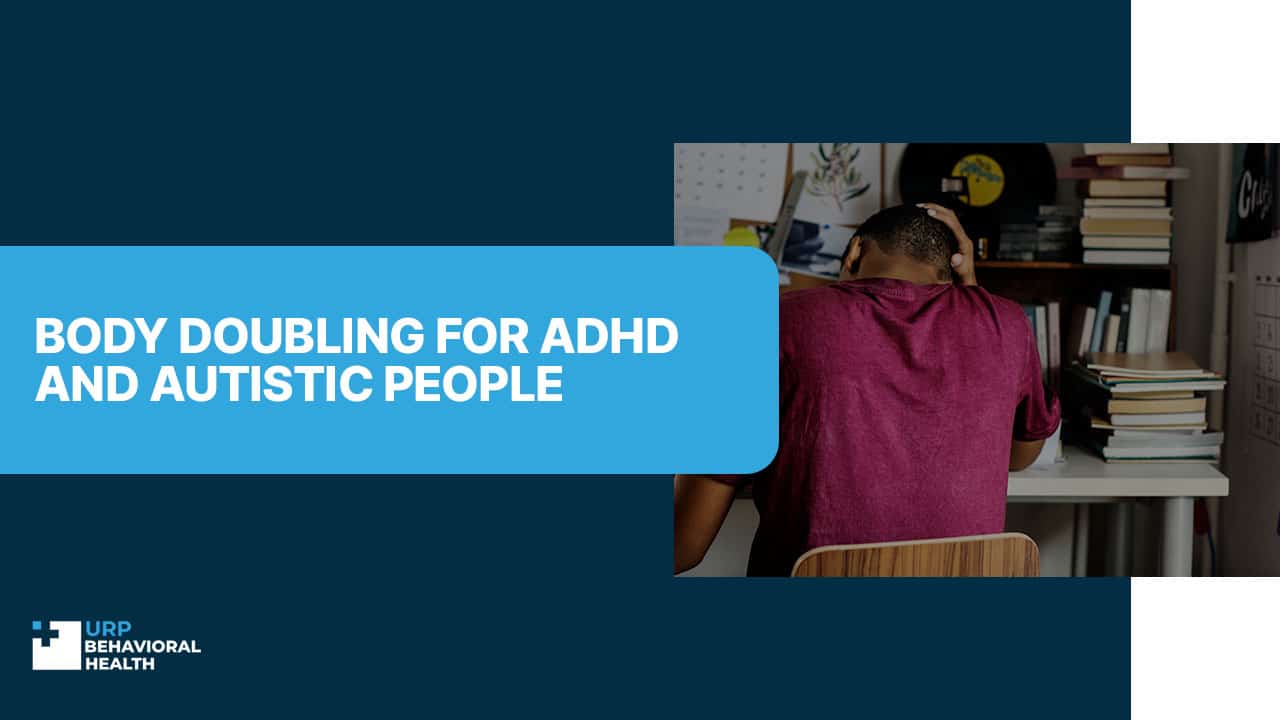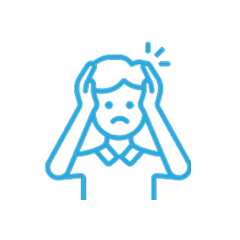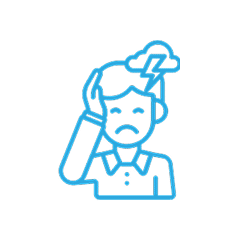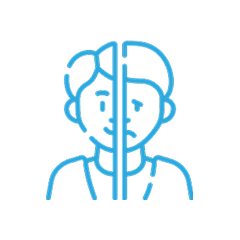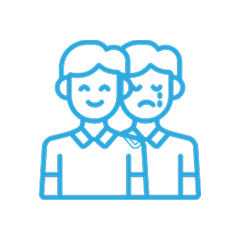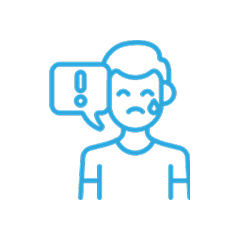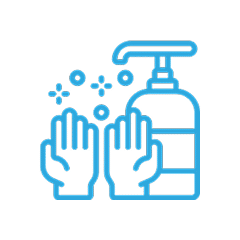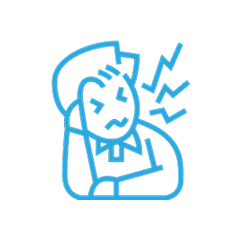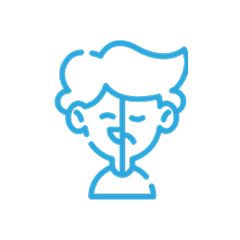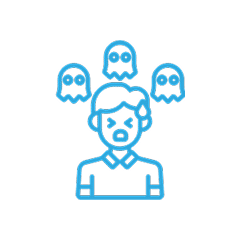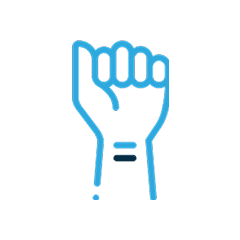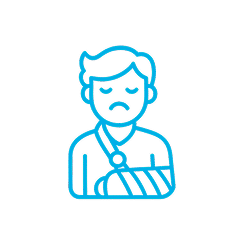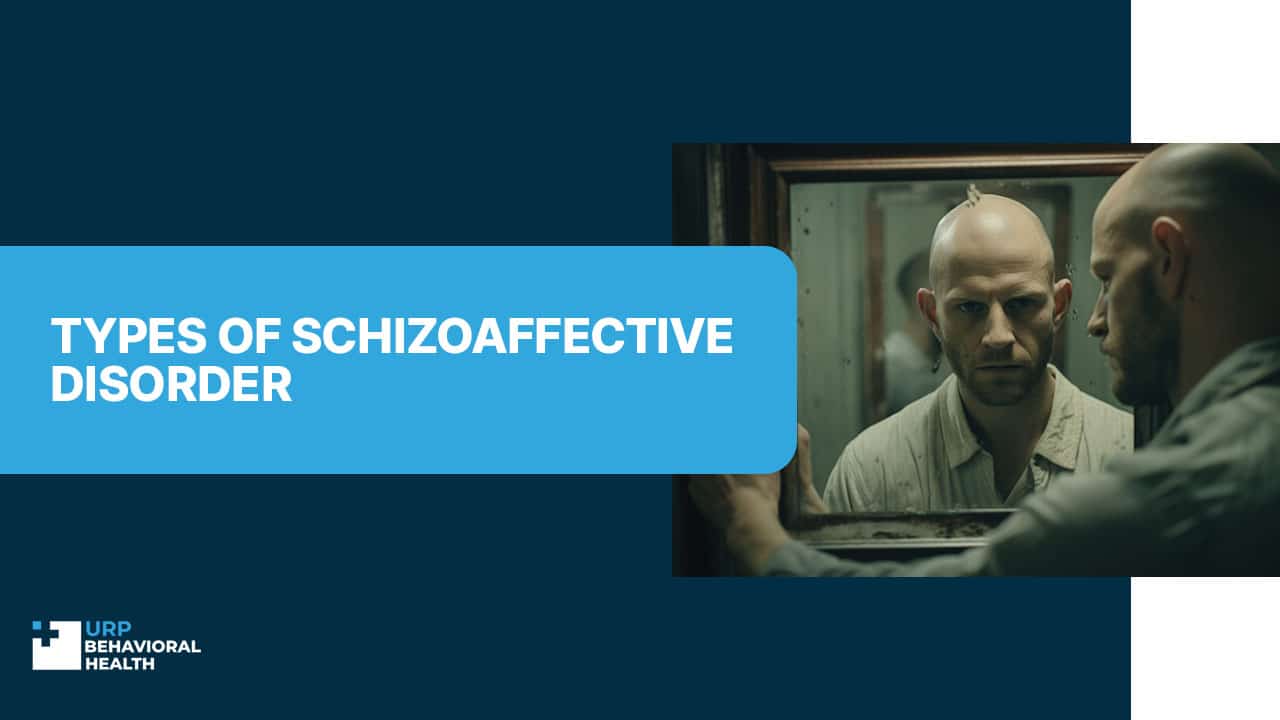
Types of Schizoaffective Disorder
Before exploring deeper the types of schizoaffective disorder, let’s first discuss the signs of it. So what is this disease in general? Schizoaffective disorder is a complex mental disease that can affect different people depending on a variety of factors. It is happening because of some changes happening inside of the brain for many reasons. How is schizoaffective disorder characterized? Common signs of the illness are hearing, sensitive and visible hallucinations, delusions, mania, and depression. Why is it vital to explore and understand different types of schizoaffective disorder? Understanding the difference between its types is crucial in order to get an accurate diagnosis and make a plan for an efficient and proper treatment for every patient. Each type of schizoaffective disorder has its own unique symptoms and challenges for those affected by it. Understanding which exact type a person is struggling with is very important in order to improve their life quality. In this article we will explore the distinct types of schizoaffective disorder and how they influence treatment approaches [1][2][3].
Manic Type
What is a manic type of schizoaffective disorder and how is it characterized? This type includes not only schizophrenia but also maniacal symptoms. This can include such signs as:
- heightened energy
- inflated self-esteem
- reduced need for sleep
- impulsive and unpredictable behavior
- delusions
- visual, hearing, and sensitive hallucinations
Why is this type dangerous? Manic type of schizoaffective disorder can lead to problems in communication, work, and daily routine.
Don’t wait - confidential help is available right now for you or your loved one.
Treatment of manic type usually includes mood stabilizers, psychotherapy, and long-time monitoring in order to make an efficient treatment plan for both the manic and psychotic symptoms for each patient [1].
It’s also important to mention that those affected by a manic type of schizoaffective disorder may have not just periods of endless mania but also more stable conditions. Increasing the term of these stable conditions definitely includes seeking professional help and getting proper therapy.
Depressive Type
What is a depressive type of schizoaffective disorder and how is it characterized? This type includes more depressive than schizophrenia symptoms. This can include such conditions as:
- long-term periods of sadness
- low energy
- hopelessness
- concentrating problems ‘
- hearing, visual, and sensitive hallucinations
- delusions
All these symptoms lead to creating a challenging mix of emotional and cognitive disturbances [2]. Depressive episodes in schizoaffective disorder can be hard to manage and even provoke suicidal thoughts.
Treatment of depressive type usually includes medications and CBT which stands for cognitive-behavioral therapy. No less important is regular and long-term monitoring of the disease in order to create the most efficient treatment plan for each patient. It is also crucial to create a supportive atmosphere including friends, family, and people with similar problems, as it may have a strong impact on the recovery process.
Bipolar Type
What is a bipolar type of schizoaffective disorder and how is it characterized? This type includes both symptoms of mania and depression, alongside schizophrenia symptoms. That’s why it is recognized as more complex compared to manic type and depression type. Bipolar type of schizoaffective disorder can include a variety of signs such as:
- heightened energy
- inflated self-esteem
- impulsive and unpredictable behavior
- reduced need for sleep
- delusions
- visual, hearing, and sensitive hallucinations
- long-term periods of sadness
- low energy
- hopelessness
- concentrating problems
Those affected by a bipolar type of schizoaffective disorder can suffer more due to the extreme mood swings between manic and depressive states. This fluctuation has a strong impact on a daily routine including communication and work [1][3].
Treating this type usually includes mood stabilizers, antipsychotic medications, and developing coping strategies through therapy. Long-term and constant monitoring of mental health conditions is also vital in order to prevent the development of worse symptoms.
Our team will verify your insurance and design a plan tailored to your needs.
Mixed Type
What is a mixed type of schizoaffective disorder? This type is less common than those mentioned before, but the same bipolar type includes both manic and depressive symptoms, alongside schizophrenia symptoms. People who are struggling with the mixed type can feel intensely high and low simultaneously and in the end lead to confusion, irritability, and heightened distress. A mixed type of schizoaffective disorder is characterized by such symptoms as:
- heightened energy
- inflated self-esteem
- impulsive and unpredictable behavior
- reduced need for sleep
- delusions
- visual, hearing, and sensitive hallucinations
- long-term periods of sadness
- low energy
- hopelessness
- concentrating problems
This type is not as popular as previous ones. Those affected by mixed types of schizoaffective disorder have problems in many different spheres of life including both manic and depressive symptoms, alongside schizophrenia symptoms [2].
What is the common treatment for mixed types of this disorder? It usually includes long-term monitoring, medications, and therapy depending on which phase of the disease is dominating. Patients may also need to visit their therapist quite often to ensure that their treatment plan is individualized and efficient for each condition. No less important are a healthy lifestyle and a supportive atmosphere. Early diagnosis is also vital in order to prevent the development of worse symptoms and lead to quick recovery.
Conclusion
Summing up, what have we learned from this article? Schizoaffective disorder is a complex mental disease that can manifest itself in many different types, such as manic, depression, bipolar, and mixed. The treatment of this illness can include therapy, medications, and monitoring of the symptoms.
Schizoaffective disorder is dangerous and requires fast intervention, early diagnosis, and long-term monitoring [1][2][3].
If you or someone you know suspects and recognizes the signs of any schizoaffective disorder it’s crucial to seek help from professionals such as URP Behavioural Health [1].
Contact our admissions team now to begin your path toward a brighter future.
Sources
- [1] “Schizoaffective Disorder Overview”. https://www.ncbi.nlm.nih.gov/books/NBK541012/
- [2] “Schizoaffective Disorder Types and Treatments”. https://www.sciencedirect.com/topics/psychology/schizoaffective-disorder
- [3] “Schizoaffective Disorder: Symptoms and Diagnosis”. https://pmc.ncbi.nlm.nih.gov/articles/PMC2646642/

